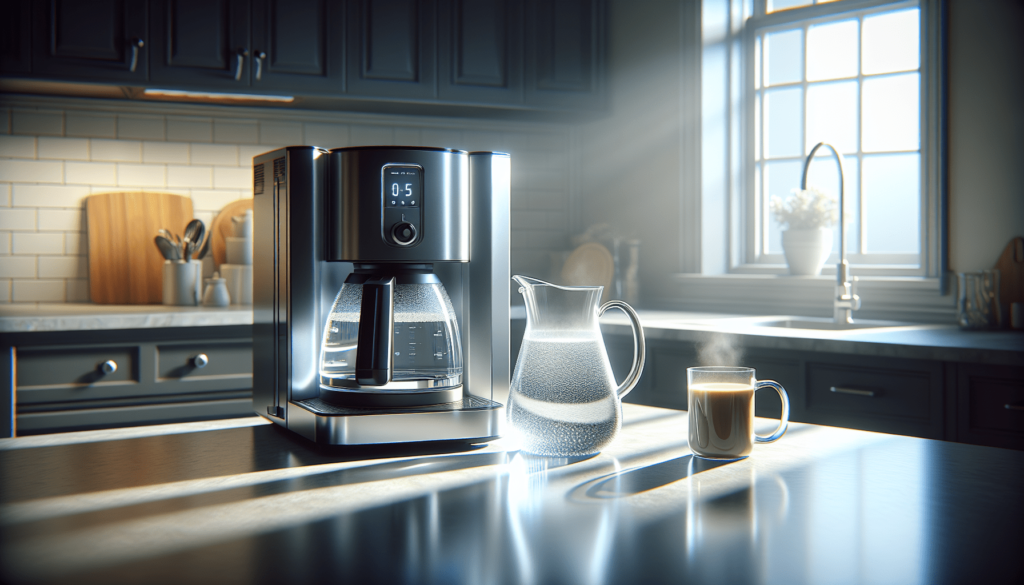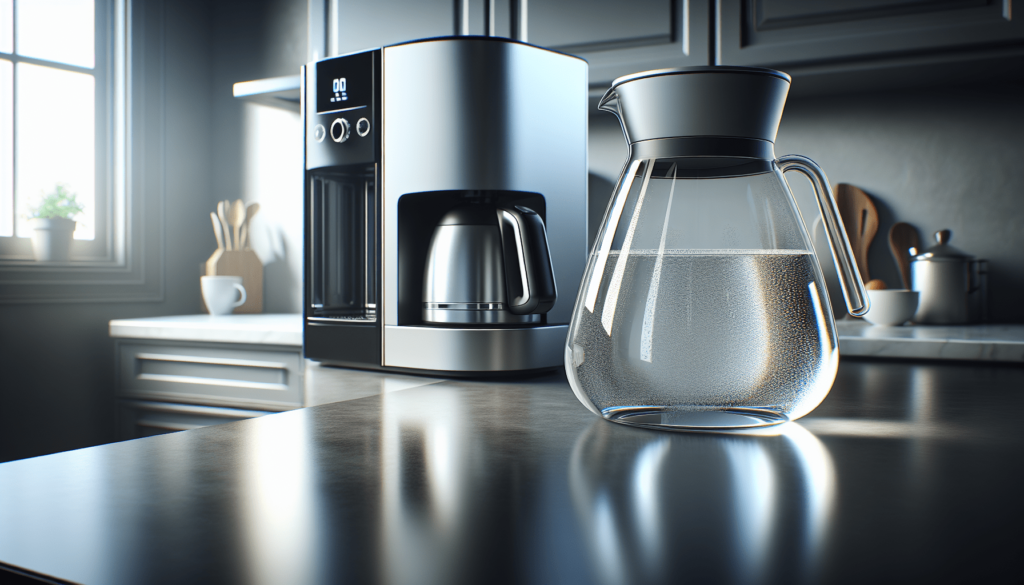Have you ever wondered how many times you should run water through your coffee maker after using vinegar to clean it? It’s a common question and an important one for coffee lovers. You want your machine to be clean, but you also don’t want any residual vinegar flavor ruining that perfect cup of coffee.

Understanding Why Cleaning with Vinegar is Important
Cleaning your coffee maker regularly is essential to maintain its performance and the quality of your brews. Vinegar, a versatile household staple, is commonly recommended due to its acidic properties that effectively break down mineral deposits and remove oils left behind by coffee beans.
The Role of Vinegar in Cleaning
Vinegar is an excellent cleaning agent because of its acidity. When you use it in your coffee maker, it helps dissolve hard water deposits (scale) and removes any built-up oils from the coffee grounds. Additionally, vinegar is natural and non-toxic, making it a safe choice for cleaning appliances that come into contact with food.
Initial Cleaning with Vinegar
The first step in using vinegar to clean your coffee maker is to understand the process. Typically, you’ll mix one part vinegar with one part water and run this solution through the coffee maker as though you were brewing a pot of coffee.
Steps to Clean with Vinegar
-
Prepare the Solution: Mix equal parts white vinegar and water. The amount you need depends on the size of your coffee maker’s reservoir.
-
Run the Coffee Maker: Pour the solution into the water reservoir and start a brew cycle. Allow the cycle to finish completely.
-
Sit and Soak: For a deeper clean, you can stop the machine halfway through the cycle and let it sit for about 30 minutes before completing the brew cycle.
-
Discard the Solution: After the cycle is complete, discard the vinegar solution. Be careful, as the solution will be hot.
How Many Times to Run Water Through Afterwards
After cleaning with vinegar, it’s crucial to run water through the coffee maker multiple times to ensure all vinegar traces are removed. This prevents any residual vinegar from affecting the taste of your coffee.
Recommended Water Rinse Cycles
Generally, it is recommended to run fresh water through the coffee maker at least three to five times. Here’s a breakdown:
| Rinse Cycle | Action Needed |
|---|---|
| 1st Cycle | Fill the reservoir with water, run the full brew cycle, and discard the water. |
| 2nd Cycle | Repeat the process, ensuring to use only fresh water. |
| 3rd Cycle | Continue the rinse with a new batch of fresh water. |
| 4th Cycle | Optional: For extra assurance, especially if the vinegar smell persists. |
| 5th Cycle | Optional: A final rinse to guarantee no residual vinegar remains. |
Checking for Residual Vinegar
Smell and taste are the best indicators to check for any residual vinegar:
- Smell Test: After each water cycle, take a moment to smell the water. The vinegar odor should dissipate with each rinse.
- Taste Test: You can also taste a small amount of the water after rinsing. Ensure it tastes like regular water with no tanginess.
Maintenance Tips for Your Coffee Maker
Keeping your coffee maker clean isn’t only about the occasional deep clean with vinegar. Regular maintenance can go a long way in ensuring your machine’s longevity and the quality of your coffee.
Regular Cleaning Routine
- Daily Cleaning: Rinse the carafe and any removable parts after each use.
- Weekly Cleaning: Wipe down the exterior and clean the coffee maker’s removable parts with soap and water.
- Monthly Cleaning: Use vinegar or a commercial descaling solution every month, especially if you have hard water.
Using Filtered Water
One of the most effective ways to reduce buildup in your coffee maker is to use filtered water. This minimizes the minerals that cause scaling and can lessen the frequency with which you need to descaling your coffee maker.

Alternatives to Vinegar
If you’re not a fan of using vinegar, there are alternatives that you might find appealing.
Commercial Descaling Solutions
Many companies offer descaling solutions specifically for coffee makers. These products are designed to remove mineral deposits without leaving any lingering odors or flavors.
Baking Soda
Baking soda is another natural alternative. Mix baking soda with water to create a cleaning solution that can effectively clean your coffee maker without the strong smell of vinegar.
Lemon Juice
Lemon juice is a natural, acidic cleaner similar to vinegar but with a more pleasant scent. You can mix lemon juice with water and run it through your coffee maker in the same manner as you would with vinegar.
Conclusion
Running water through your coffee maker after cleaning it with vinegar is crucial for ensuring that no vinegar residue affects your coffee’s taste. Ideally, you should run at least three to five rinse cycles, using fresh water each time. Regular maintenance and the use of alternatives like commercial descalers, baking soda, or lemon juice can also help keep your coffee maker in top condition. By following these steps, you can enjoy a clean coffee maker and a perfect, flavorful cup of coffee every time.
Do you have a specific cleaning frequency for your coffee maker, or tips you’d like to share? Your experiences could help fellow coffee enthusiasts achieve that perfect cup!
